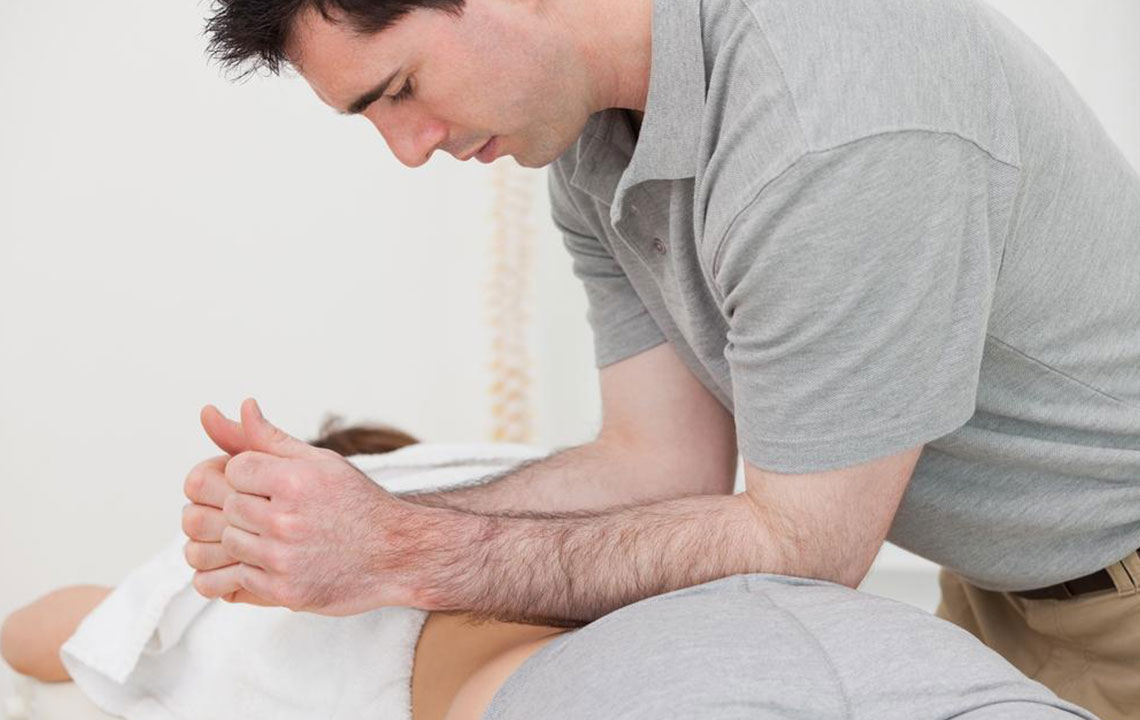Comprehensive Guide to Managing Herniated Discs
This comprehensive guide covers herniated disc causes, symptoms, diagnosis, and conservative treatment options. It emphasizes non-surgical approaches like physiotherapy, chiropractic care, and lifestyle adjustments to manage and alleviate disc herniation symptoms effectively.

Comprehensive Guide to Managing Herniated Discs
Understanding Herniated Disc Treatment Options
Our spine endures a lot from daily activities, and injuries can occur if it’s overused or strained. One common issue is a herniated disc, which requires prompt and appropriate care. This article explores what a herniated disc is, its symptoms, and various treatment approaches.
What Is a Herniated Disc?
It’s a frequent disc injury characterized by a protrusion in the space between vertebrae.
This bulging puts pressure on nearby nerves and tissues, leading to discomfort.
Most often affects the cervical (neck) or lumbar (lower back) regions, though it can occasionally occur in the thoracic (mid-back) area.
Our lifestyle and daily habits influence spinal health. Several factors can contribute to disc herniation:
Aging: The most common cause, as discs naturally deteriorate over time. Regular treatment can alleviate pain.
Occupational Strain: Physically demanding jobs can increase the risk of herniation.
Unhealthy Lifestyle: Smoking and tobacco use weaken discs, making herniation more likely.
Signs and Symptoms of a Herniated Disc
Pain radiating into legs or arms.
Numbness and tingling sensations.
Lower back herniation causes pain in the back region and hips.
Neck herniation results in shoulder, arm, and hand discomfort.
Diagnostic Procedures for Herniated Discs
Medical professionals examine symptoms to identify the issue.
Clinical assessments check for nerve compression and disc damage.
Imaging tests like MRI and CT scans confirm the diagnosis.
Non-Surgical Treatment Options
Surgery is often a last resort. Conservative measures, guided by healthcare providers, can provide significant relief:
At-home exercises and stretches, performed under professional supervision.
Heat therapy to boost blood flow and relax muscles; cold therapy to reduce swelling.
Maintaining an active lifestyle to prevent further issues.
Seeking chiropractic care for spinal adjustments that can relieve nerve pressure and improve symptoms.










